Agenda Panelists Sponsors
Click Here to StreamDownload Slides
Agenda
July 2021
Don’t miss a chance to participate in a discussion with our experts about the important aspects for Modernizing and Preparing the Grid for Decarbonization.
The United States recently shared its infrastructure plan building world-class infrastructure including a renewed electric grid, as well as a path to achieve 100% carbon-free electricity by 2035. Today’s electric grid is vulnerable to catastrophic outages, cybersecurity attacks and needs to build a more resilient electric transmission & distribution system for reliable, cleaner, and safer electricity to all. Join the discussion to learn more about:
- Grid-enhancing Technologies for Transmission grid to enable higher renewable energy integrations
- T&D Digital Substations to prepare the grid for decarbonization, digitalization, decentralization
- Energy efficiency in Smart Building
- Cybersecurity and cyber risks mitigation of the modernized grid
| Presenter | Presentation Title | Time | Description |
|---|---|---|---|
| Kaveh Aflaki |
Modernizing and Increasing Efficiency of Transmission Grid for Decarbonization |
12:00 - 12:15 PM EDT |
The power industry is facing systemic changes, such as the decentralization of the grid via the integration of distributed energy resources, decarbonization and increased utilization of renewables, and digitization via the development of smart energy networks. These rapid and prolific changes will increase the amount of uncertainty that comes with planning and operating power systems and will bring several urgent challenges to the industry. This rapid pace of change clearly demands new ways of thinking and operating the network, in addition to the need for more advanced Grid-Enhancing Technologies (GETs). Based on the study and report from The Brattle Group in collaboration with WATT Coalition, The U.S. could double its capacity for new wind and solar power, save billions of dollars, and cut millions of tons of carbon dioxide emissions from its generation fleets. The study modeled the benefits of a set of "grid-enhancing technologies" including Dynamic Line Rating (DLR), advanced modular power flow control, and topology optimization across the wind-power-rich grids of Kansas and Oklahoma in the Southwest Power Pool (SPP) region. According to its analysis, spending about $90 million to implement these technologies could on the existing grid yield a payback in about 6 months, with annual power cost savings of about $175 million delivering ongoing benefits for years to come. The GETs technologies could free up interconnection for the gigawatts' worth of wind and solar generation interconnection projects that are being held back due to concerns that they’ll overwhelm the grid without expensive and time-consuming reconductoring or transmission expansions. Resolving those concerns could more than double the region’s interconnection capacity, from about 2.6GW to about 5.3GW, all without any transmission grid upgrades. Grid-enhancing technologies (GETs) have been getting utilized around the globe especially in Europe as smarter technologies for moving toward Net-Zero, yet to be widely deployed in the U.S. That’s primarily because of the structure lack of incentive in the U.S for transmission grid owners and operators. So far in the U.S. utilities that own and build transmission earn a rate of return for the capital costs involved, not for how efficiently those systems are run once they’re built. |
|
Energy Efficiency in Smart Buildings Through IoT Sensor Integration |
12:15 - 12:30 PM EDT |
Carbon neutrality, green energy, electric vehicles and electrification are topics of discussion today among technologists, policymakers, researchers and students. Different countries have different programs which they are putting forward. For example, 100 countries and 400 cities around the world have pledged to be carbon neutral by 2050 or before. The United States Government is targeting the US power sector greenhouse gas emissions (GHG) to drop to 50% by 2030 and net-zero by 2050, and the country as a whole to be free from GHG emissions by 2050. In China, the plan is to generate more than half the electricity from renewable sources by 2030. India has an aggressive national program to raise the country’s renewable energy output significantly. This is important because China, US and India together are responsible for more than 50% of the global CO2 emissions today. Additional data shows 20 countries in the world generate 81% of CO2 globally. In order to reduce their GHG emissions, several countries are promoting electrification in various ways. For example, in Norway car sales will be limited to only electric vehicles (EV) after 2025. In the United Kingdom, 85% of 29 million homes are heated today with natural gas boilers. In Germany that number is 47%. The current government policy in the UK stipulates that home heating by gas will stop for new homes by 2025, and the country will not allow selling gas home heating equipment beyond 2030. Universities are also getting engaged in carbon neutrality programs. Virginia Tech, a US university, is making plans to make the campus carbon neutral by 2030. All these activities will pose enormous challenges as much larger amounts of power will have to be transmitted in all countries of the world. For example, in the United States, due to the heavy emphasis on electrification, the electricity generation capacity is expected to grow to 3,400 GW by 2050 from the current level of 1,200 GW. Our challenge is to build power grids everywhere which are reliable, safe and resilient going forward. |
|
| Massoud Amin |
Countering Dynamic Risks: Lessons Learned and Pathways Forward to Secure Critical Power & Energy Infrastructures Strategically -- Assuring Proactive Security and Resilience |
12:30-12:45 PM EDT |
Energy and power infrastructure stakeholders, and the broader society, face challenges such as: Aging assets, severe weather events and billions of dollars in damage annually, physical and cyber attacks, interdependencies with other infrastructures (gas, telecommunications, transportation, water, etc.), investment recovery, and policy. The added spectra of increasingly sophisticated cyber attacks have raised considerable concerns, hope and fears in a wide range of audiences not intimately involved in security the power and energy sectors, raising a whole range of concerns all the way to “are prolonged and total ‘lights out’ scenarios probable or even possible, and could they lead to the end of our civilization?” While such concerns and a widening spectrum of threats are not new, they are highlighted every time outages make the headlines, and unfortunately are forgotten a while later. We tend to be a nation of “fire fighters,” reactive during and post- crises, rather than strategic and proactive. Success in managing risk, training a well-prepared work force, and growing our economy will come from taking a greater foresight and committed action. Accounting for and managing risks and uncertainties can and must be dynamically triaged and addressed in a transparent and secure-as-needed dashboard at the level of detail that operators, consumers, regulators, decision-makers and investors demand. In this presentation, key questions we address include the security of interdependent infrastructure security and resilience and proactive countermeasures. |
|
Modernizing grid infrastructure and digital substations |
12:45 - 1:00 PM EDT |
The United States recently shared its infrastructure plan building world-class infrastructure including renewed electric grid, as well as a path to achieve 100% carbon-free electricity by 2035. Today’s electric grid is vulnerable to catastrophic outages and needs to build a more resilient electric transmission & distribution system for reliable, cleaner, and safer electricity to all. The evolution of decarbonization, digitalization, decentralization, and electrification of our power grid brings new challenges as they work to improve grid reliability and while reducing O&M costs with condition-based maintenance. Texas power outage is just one recent example, US Department of Energy study found that power outages cost the U.S. economy up to $70 billion annually. To address these challenges and unlock sustainable development, utilities are embracing digital transformation of the transmission and distribution substations, using which we are enabling next generation infrastructures with seamless bidirectional flow of electricity and data communications. Modernizing grid infrastructures should be based on international standards for digital communication within substations as well as across the grid networks. For example, advanced automation applications provide grid resilience using high-speed secured communications for system integrity protection & remedial action schemes across the transmission network. Going digital into substations enabling Centralized Protection & Control, and integrated condition monitoring for transformer and switchgear by enabling digital technologies and laying the foundation for the future grid. |
|
| Decision-making in a DER-rich grid edge: Distributed Optimization, Control, and Ultra-automation | 1:00- 1:15 PM EDT |
Significant changes have occurred over the past decade in the energy landscape, especially in the power sector. World over, there’s a big push towards a 100% incorporation of wind and solar power for electricity production. Natural gas prices have declined, costs of renewable energy technologies have come down, and large‐scale battery energy storage technologies have advanced rapidly. A large percentage of renewable energy resources are expected to be deployed on the distribution grid. This, along with the emergence of Internet-of-Things (IoT)-networks, provides a unique opportunity to make real-time decisions, enhance situational awareness of distribution systems, and enable resilient operation. There are however a host of challenges, most of which are due to the intermittency and unpredictability of the renewable energy resources. Most of the requisite solutions for the deep integration of these renewable resources for electricity production are control‐centric. A distributed optimization approach that judiciously combines renewable generation with storage and flexible loads has the possibility for ensuring power balance. A distributed control approach that enables a coordinated network of millions of controllers, all integrated with solar and wind power generation nodes, storage sites, and flexible consumption can lead to effective frequency regulation and voltage control in real‐time. I will focus in my presentation, a few opportunities and challenges of what a DER-rich grid edge precipitates. |
|
| All | Discussion | 1:15PM-2PM | Panelists discuss and answer question from the audience |
Panelists
Saifur Rahman
Past-President, IEEE Power & Energy Society Joseph Loring Professor & Director at Virginia Tech
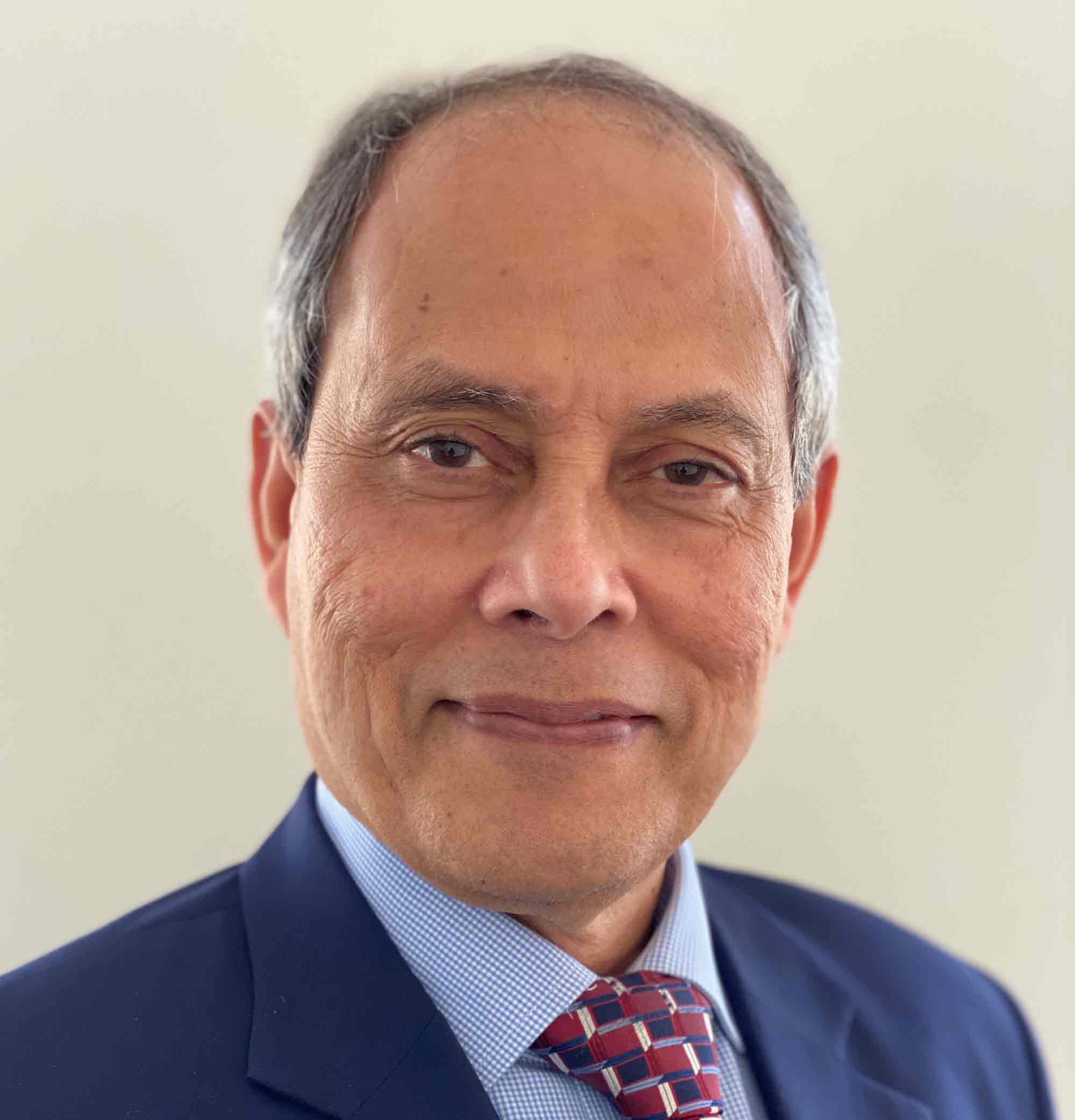
Professor Saifur Rahman is the founding director of the Advanced Research Institute (www.ari.vt.edu) at Virginia Tech, USA where he is the Joseph R. Loring professor of electrical and computer engineering. He is a Life Fellow of the IEEE and an IEEE Millennium Medal winner. He was the president of the IEEE Power and Energy Society (PES) for 2018 and 2019. He was the founding editor-in-chief of the IEEE Electrification Magazine and the IEEE Transactions on Sustainable Energy. He has published over 140 journal papers and has made over four hundred conference and invited presentations. He has lectured on renewable energy, energy efficiency, smart grid, energy internet, blockchain, IoT sensor integration, etc. in over 30 countries.
Massoud Amin
IEEE and ASME Fellow is a professor of Electrical & Computer Engineering, University of Minnesota
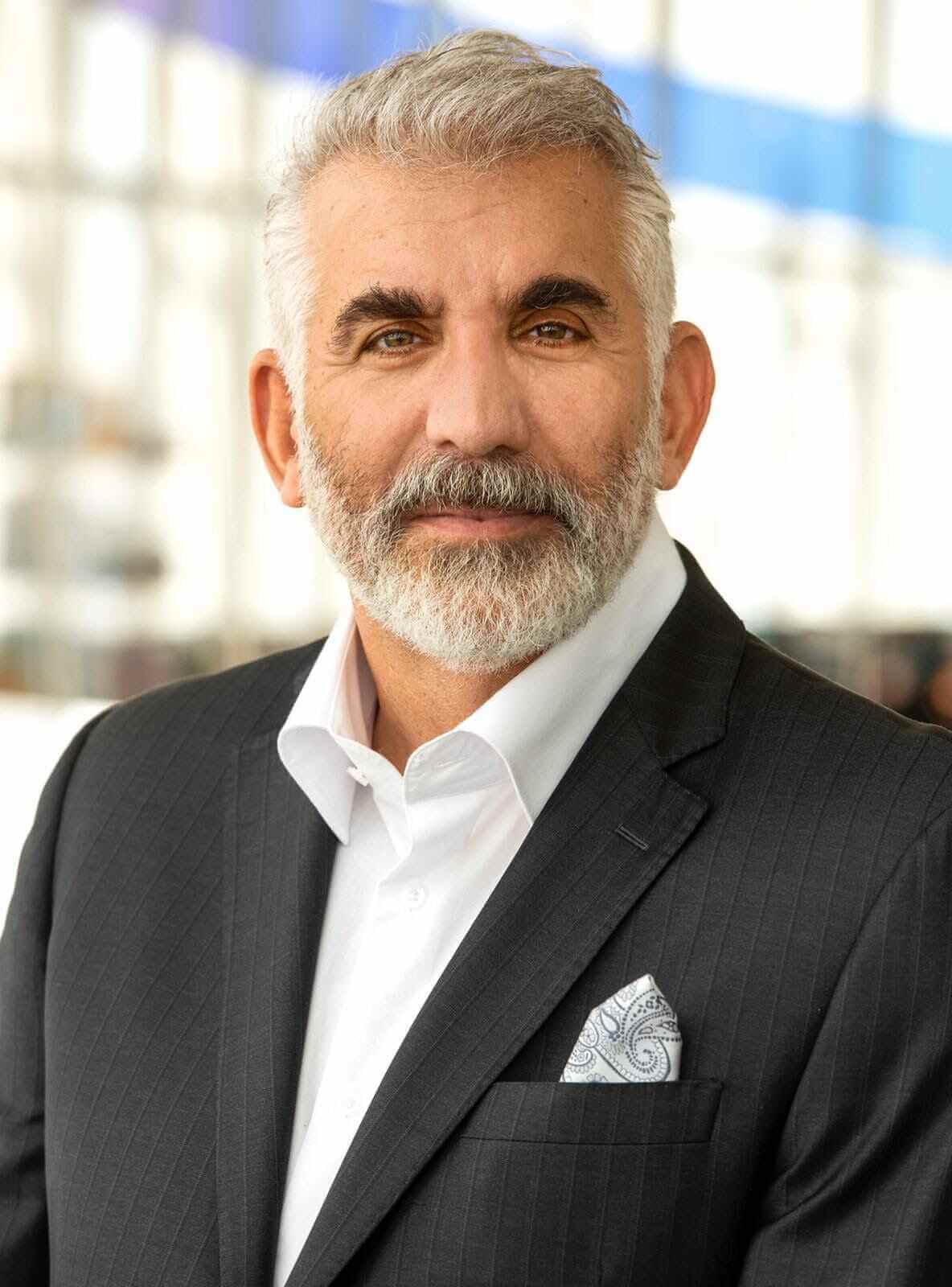
Professor Massoud Amin, IEEE, and ASME Fellows, is a professor of electrical & computer engineering (ECE), and a University Distinguished Teaching Professor Award Recipient, at the University of Minnesota. He is widely credited as being the father of the smart electric power grid and a cyber-physical security leader, who directed all security-related R&D for all North American utilities after the 9/11 tragedies. In summary, his professional contributions have been in three primary areas: - Defense networks, combat & logistics systems – Command, Control, Communications, Computers, and Intelligence (C4I), IVHS, and Intelligent Transportation Systems (1982-1997), - Modernization, efficiency, security & resilience of interdependent national critical infrastructures, including power, energy, communications, finance, and transportation (1997-present), and - Technology/business/policy foresight & strategy (1997-present). His mission is to improve the human condition by assuring that the interdependent critical infrastructure systems, which we rely upon are smarter, more reliable, resilient, and secure.
Hamed Heyhat
General Manager of Grid Automation & Industrial Communications, General Electric
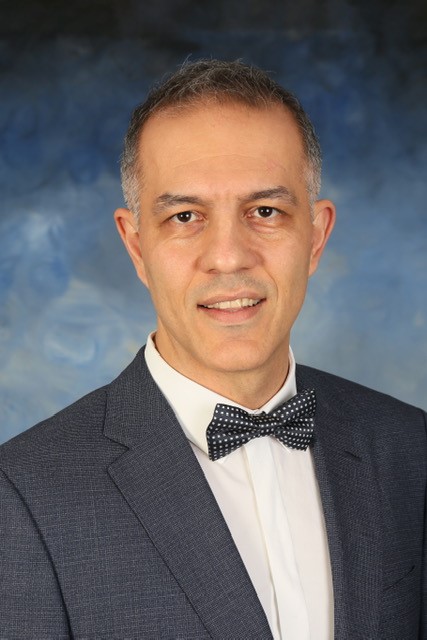
Mr. Heyhat has over 25 years of leadership experience in the energy industry as a business executive of a multinational corporation and leads different businesses across different regions in Middles East, Noth, and Latin America. He is currently General Manager for GE Grid Automation and Industrial Communications running the business wing to wing for the GE in North America.
Anu Anmaswamy
Director, Active-Adaptive Control Laboratory, MIT
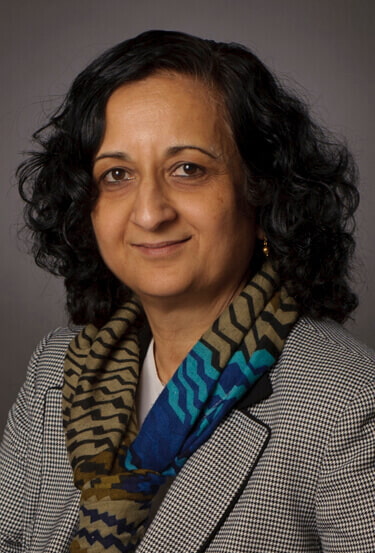
Dr. Anuradha Annaswamy is Founder and Director of the Active-Adaptive Control Laboratory in the Department of Mechanical Engineering at MIT. Her research interests span adaptive control theory and its applications to aerospace, automotive, and propulsion systems as well as cyber physical systems such as Smart Grids, Smart Cities, and Smart Infrastructures. Her research team of 15 students and post-docs is supported at present by the US Air-Force Research Laboratory, US Department of Energy, Boeing, Ford-MIT Alliance, and NSF. She has received best paper awards (Axelby; CSM), Distinguished Member and Distinguished Lecturer awards from the IEEE Control Systems Society (CSS) and a Presidential Young Investigator award from NSF. She is the author of a graduate textbook on adaptive control, co-editor of two vision documents on smart grids as well as two editions of the Impact of Control Technology report, and a member of the National Academy of Sciences Committee study that published a report on the Future of Electric Power in the United States in 2021. She is a Fellow of IEEE and IFAC. She served as the President of CSS in 2020.
Moderator
Kaveh Aflaki
Manager, Customer Solutions, Smart Wires
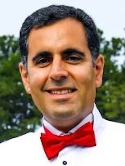
Dr. Aflaki based in Atlanta, GA is currently serving as the Customer Solutions Manager at Smart Wires responsible for working with utilities, RTOs, ISOs, and developers in North America. He specializes in the analysis of the electricity market, renewable energy integration, congestion management, transmission planning, dynamic line rating, and dynamic power flow control. He has over 20 years of experience in the power grid and energy industry with a Ph.D. in Electrical Engineering from the Illinois Institute of Technology.



